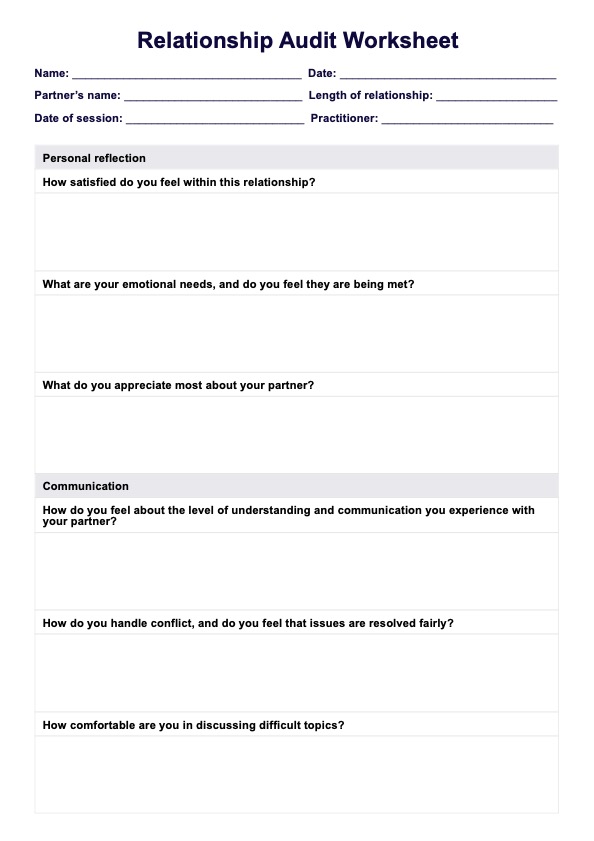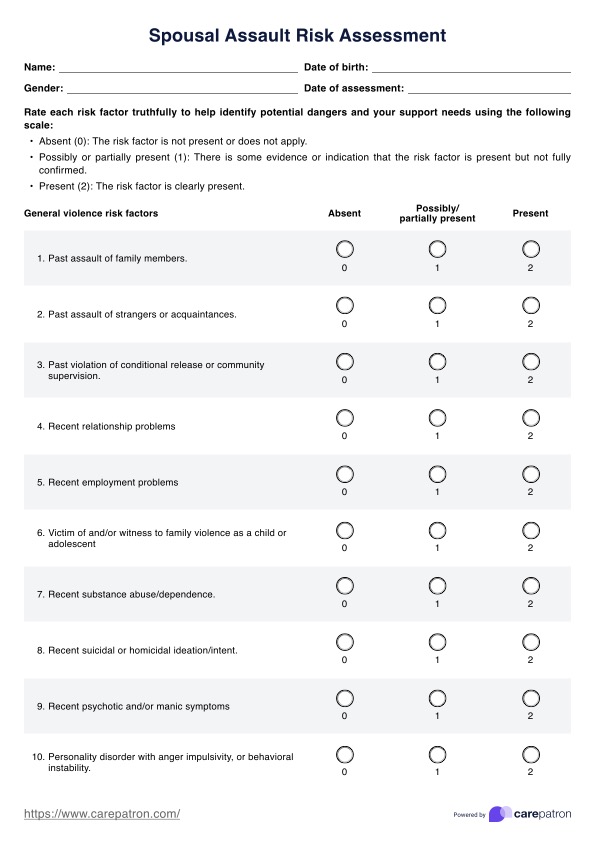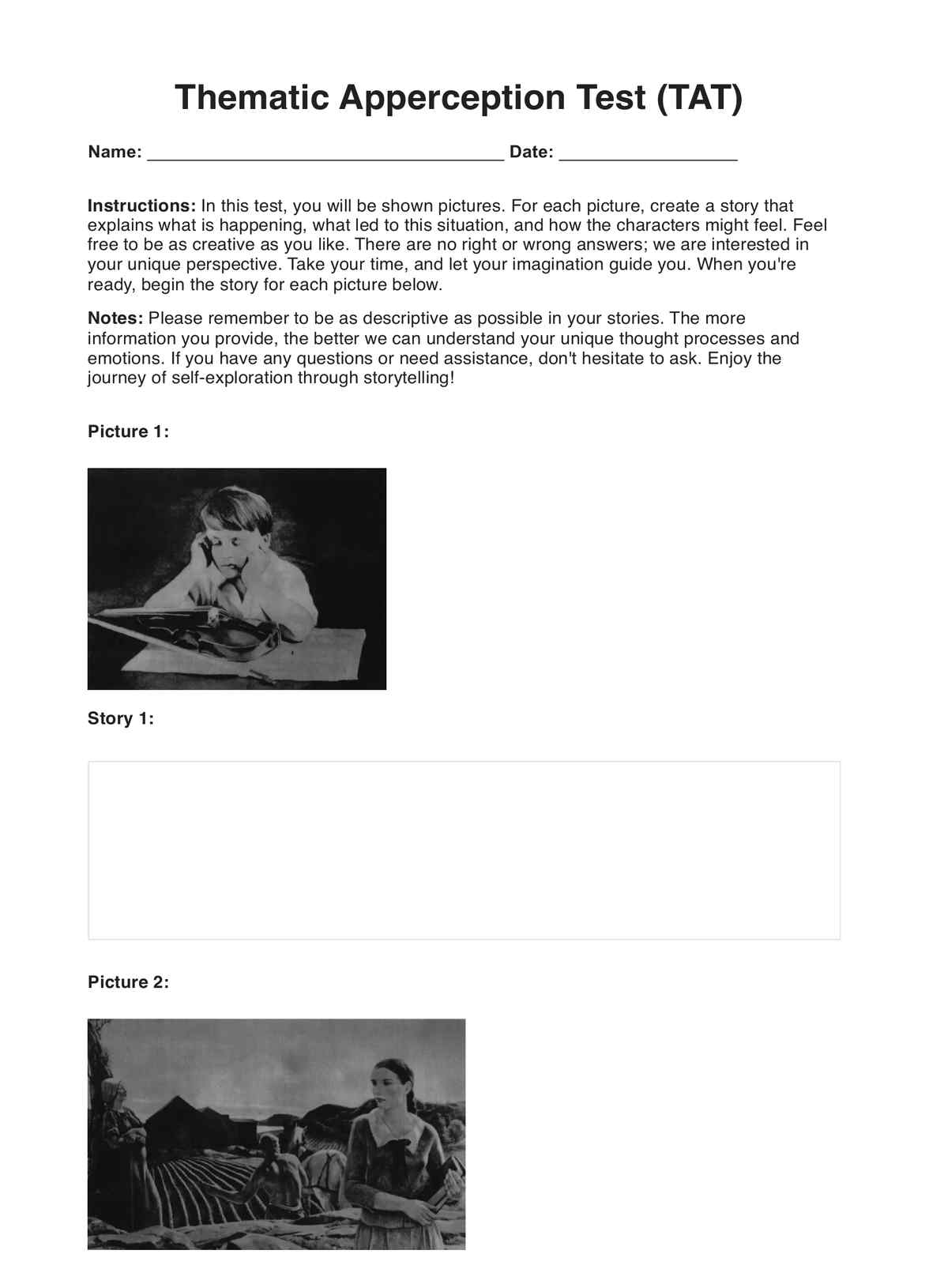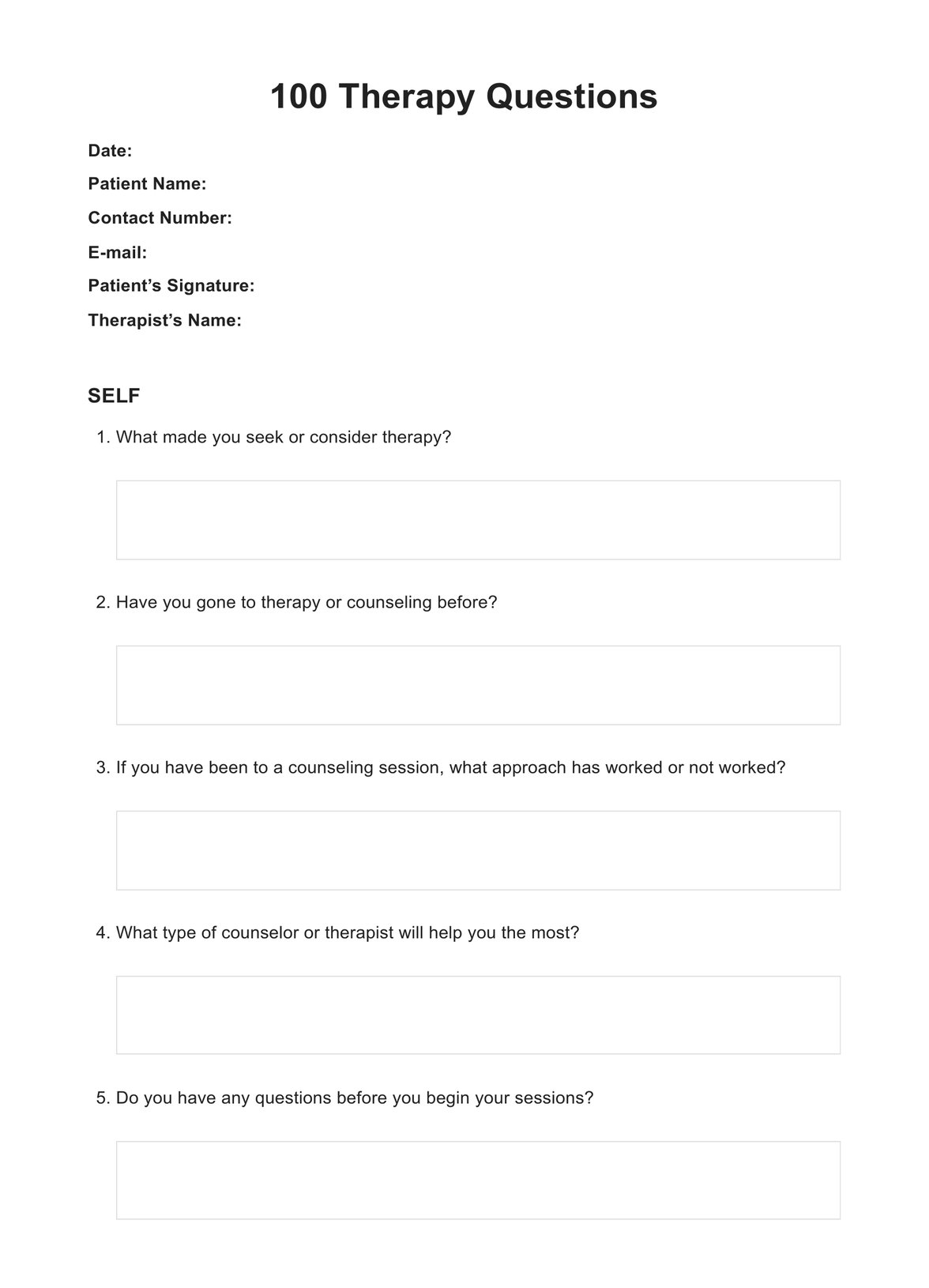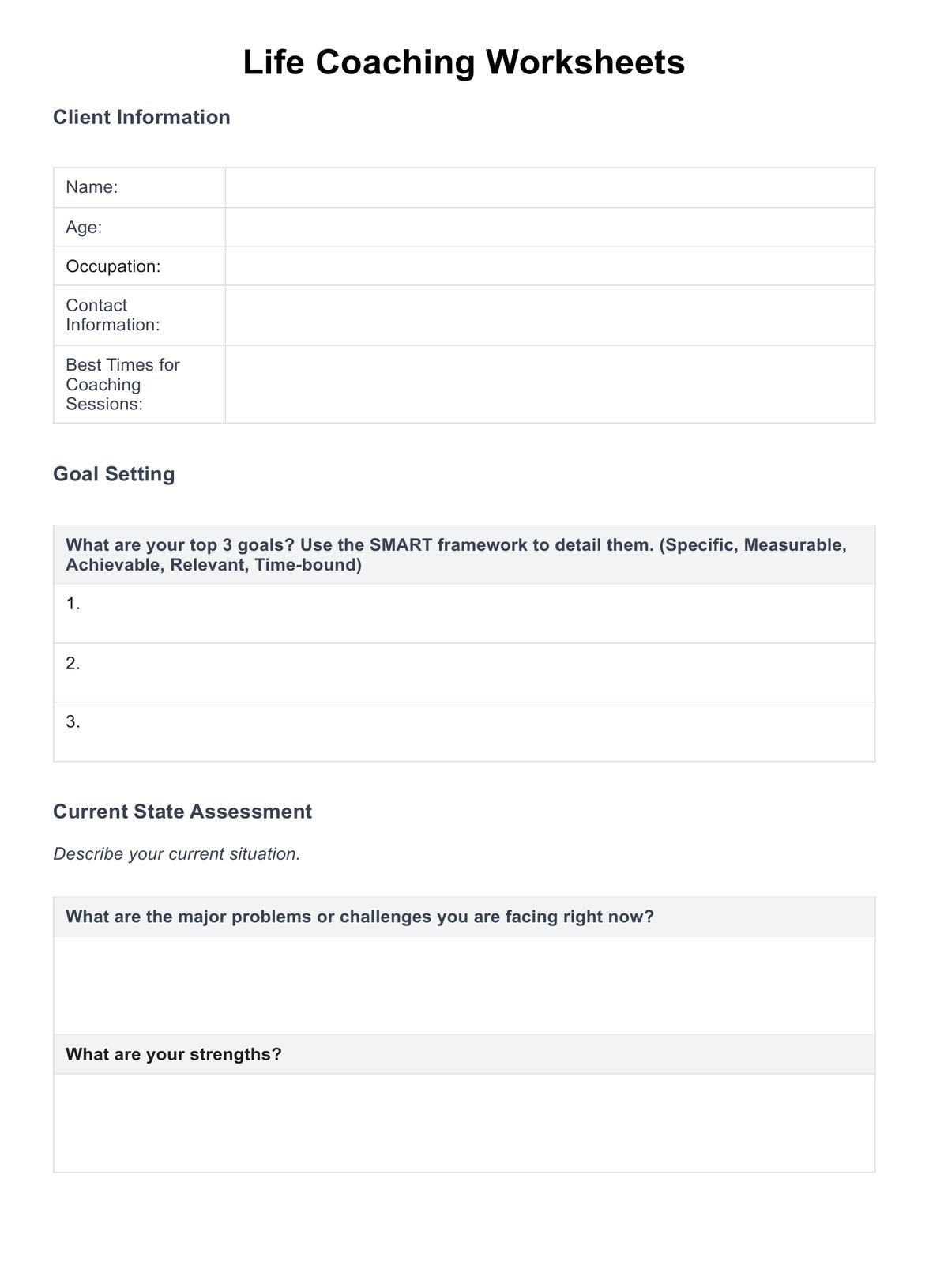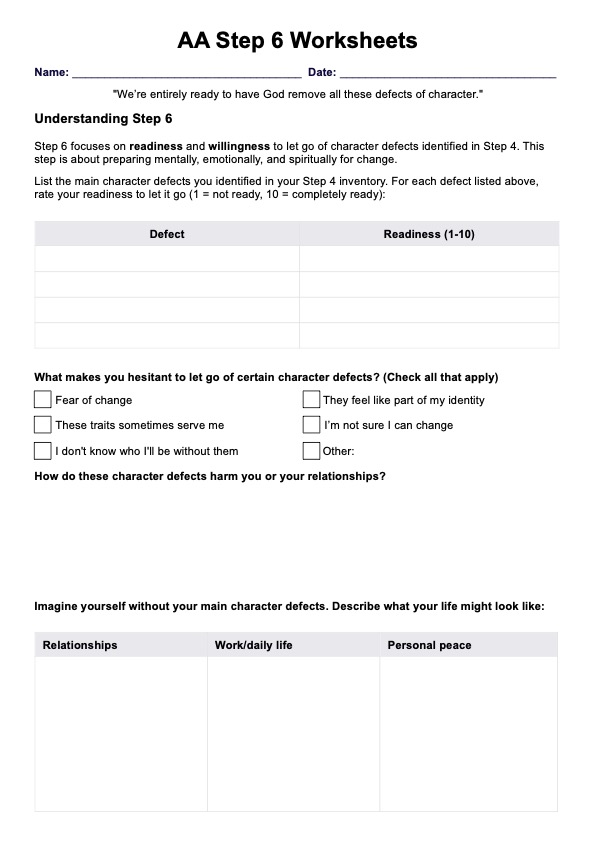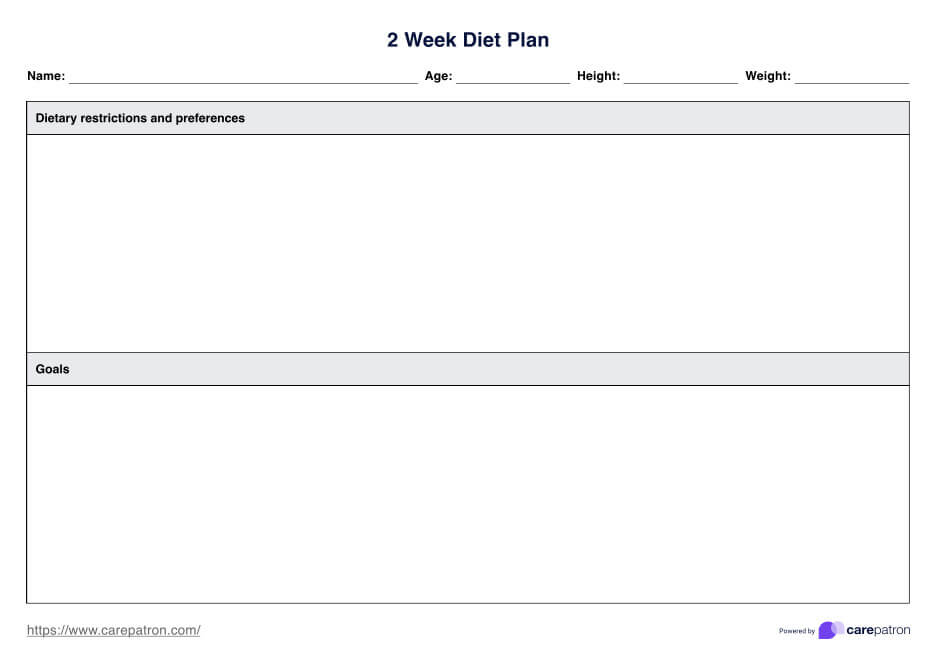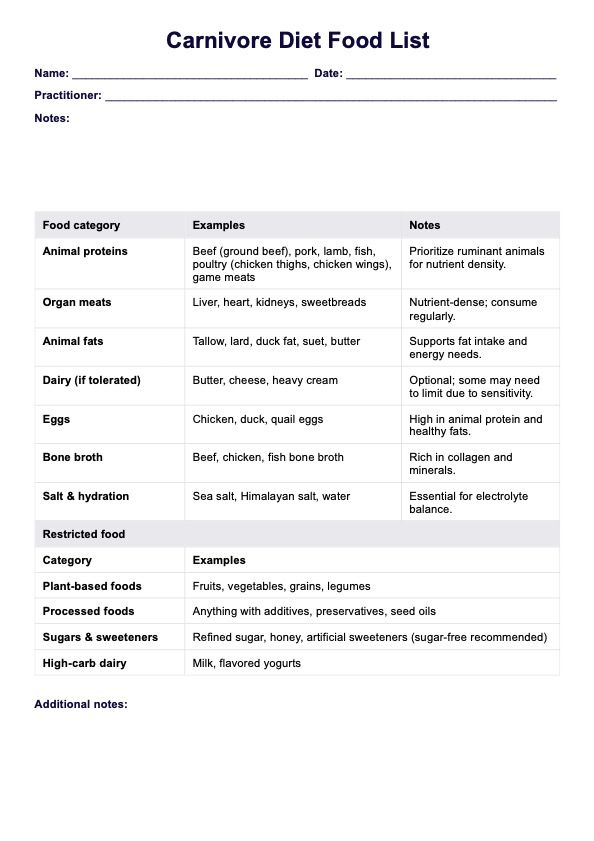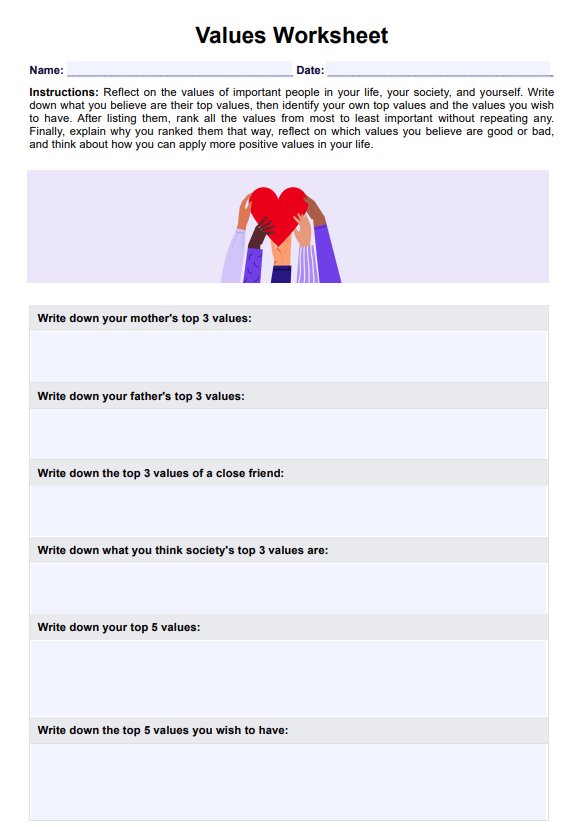Social Anxiety Coping Skills PDF
Provide your clients with this Social Anxiety Coping Skills PDF to explore practical strategies for managing social anxiety.


What is social anxiety disorder?
Social anxiety disorder, sometimes known as social phobia, is a type of anxiety disorder characterized by anxiety symptoms and unhelpful thinking about and having an intense fear of being in social events and situations (Anxiety and Depression Association of America, n.d.).
Those who have this specific kind of anxiety shudder at the thought of social situations because they fear rejection, being judged, and getting themselves into embarrassing situations where they can get laughed at, pitied, or negatively evaluated.
Symptoms of generalized social anxiety and disorder include:
- They worry about starting conversations and interacting with others in person or through the phone
- They worry about meeting or interacting with strangers
- They worry about going to school or work out of fear of interacting with others
- They avoid social gatherings set up by family, friends, employers, or whatever institution they're part of (e.g., talking in a work meeting for a presentation, speaking in public, drinking with friends)
- They avoid and dislike group conversations because they feel anxious around people
- They avoid eye contact
- They are anxious about being criticized
- They have low self-esteem
If an individual gets too overwhelmed by their anxious thoughts and fear, they may have a panic attack and feel low afterward, which may cause disruptions in their daily life.
Those with severe cases of social anxiety disorder might end up isolating themselves as a way to manage anxiety symptoms and prevent subjecting themselves to a social situation. They might also engage in negative self-talk, which may worsen the problem by leading to more negative thoughts and making them depressed.
Social Anxiety Coping Skills PDF Template
Social Anxiety Coping Skills PDF Example
How does this Social Anxiety Coping Skills PDF work?
This handout divides these strategies into sections, each with its own set of descriptions and instructions. Here's how to use it during client sessions:
Step 1: Access the PDF
You can access the Social Anxiety Coping Skills PDF from this guide. Click "Use template" to open it within the Carepatron platform, where you can customize it to fit your needs. You can also click "Download" to get a free fillable PDF copy of this form.
Step 2: Utilize this PDF
There are various ways you can utilize this PDF during therapy sessions. You may decide to use it as a guide for clients or provide them with it for homework and outside clinic use. When clients feel anxious or distressed because of social interactions, they can spend a few minutes doing one, some, or all of the coping strategies listed.
Step 3: Support your client
As their mental health specialist, work through the activities provided in the Social Anxiety Coping Skills PDF with your client. By demonstrating the coping mechanisms and answering any questions your client may have, you can ensure they have all the relevant information for their time outside the clinic when they are more likely to face difficult situations. Our template includes a section to evaluate the effectiveness of each coping strategy, allowing clients to mark "yes" or "no" and add any additional notes for further insights.
Step 4: Store this document safely
Once completed, you may want to keep a completed copy on the patient file for later reflection. This can support later documentation as a practitioner and progress monitoring.
Coping skills for managing social anxiety disorder
Coping skills are essential to those who struggle with a social anxiety disorder because they help them overcome social anxiety, combat unhelpful thoughts, and practice safe behaviors (the healthy kinds). A mental health professional can support the use of coping skills. Some coping skills include:
Deep breathing
When a person with a social anxiety disorder is feeling anxious because they've just gone through a social interaction or because they're about to take part in one, they can practice deep breathing exercises to slow down the symptoms of anxiety and gradually become calmer and more relaxed. When the thoughts are quiet, it's easier to ignore negative thoughts. They will also be more at ease (relatively) in taking part in the social interaction they have to be part of.
Mindfulness
Mindfulness is a widespread mental health practice, and it can benefit people with mental health problems or social anxiety disorder. It can anchor people to the present moment. Since they're concerned about what others might think of them after a social interaction, which hasn't happened yet, and are charged with guesses about how others would think, practicing mindfulness helps them focus on the now and think less about what future social interactions hold for them.
Visualizing successful social interactions
One exercise you can support clients in practicing is visualizing a successful, pleasant social interaction. You may ask the client questions such as:
- What feelings do you want to feel in [a specific] social interaction?
- What can help you feel those feelings?
- What can keep you from stopping this interaction and getting away from it?
Positive self-talk
Individuals with social anxiety disorder may be hard on themselves and may often have an inner critic telling them they're not enough. This adds to self-doubt and low self-esteem, contributing to negative thinking about social interactions. Fear of judgment may overwhelm individuals with this difficulty, even if no evidence suggests people will think negatively about them.
Positive self-talk allows individuals to challenge negative thoughts and practice self-compassion and affirmation. It also allows them to reframe their negative thoughts and replace them with more positive ones. This can lead to the development of healthy thought patterns about social interactions.
What are the benefits of implementing coping skills?
Developing a set of coping skills and mechanisms is the first step that will help people reduce physical symptoms of social anxiety. It doesn't mean they will eliminate their fears, but they should help them and lessen the effects of their symptoms. Some of the benefits include:
Increase in self-focus
Social anxiety disorder can disrupt a person's daily life. Suppose they allow their social phobia to consume them. In that case, they will likely end up avoiding every situation that has even the slightest social interaction and prevent them from doing what they need to do, like activities of daily living, schoolwork, company work, etc.
Practicing coping skills can help manage social anxiety for people with social anxiety to focus on what they have to do rather than their worries about social interactions.
Support overcoming negative thinking and avoidance
As mentioned earlier, a person avoiding social interaction is rooted in their anxiety and depression associated with these disorders and fear of what people think and being judged, even if nothing points out that others will surely think negatively about the person with social anxiety.
One way to combat negative thinking is to challenge these thoughts and ask oneself for evidence that supports their unhelpful thinking and fears. By learning how to challenge unhelpful thoughts, clients can build critical thinking skills that can help them counter negative thoughts about social interactions, which can help them find the confidence to engage in such interactions.
The more they engage in social interaction, the less they will likely feel about avoiding them, and they will realize there's nothing to fear (they should still be wary of strangers, though).
What are other ways of managing social anxiety?
Besides practicing coping skills, relaxation techniques, and mechanisms, it will be helpful to take the following:
- Attend social skills training to learn essential social skills such as starting and maintaining conversations, listening actively and attentively, and maintaining eye contact under the guidance of an expert and a support group.
- If a person has avoided social interactions for too long, building confidence is only enough if they have the social skills to maintain that confidence. This kind of training should teach them what they need.
- Attend cognitive behavioral therapy sessions to learn the necessary skills and techniques like cognitive restructuring and de-catastrophizing. CBT is known for being able to treat anxiety, depression, eating disorders, substance abuse, and more because it seeks to reframe unhelpful thoughts and reconfigure unhelpful and destructive behaviors.
- Learning CBT techniques can help people with social anxiety to challenge their unhelpful thoughts about social interactions and replace them with positive ways of thinking.
- They might even apply what they have learned through Social Anxiety Worksheets.
Remind your clients that overcoming social anxiety is a gradual process. Encourage them to be patient with their progress and consistent in their efforts.
Reference
Anxiety and Depression Association of America. (n.d.). Social anxiety disorder. https://adaa.org/understanding-anxiety/social-anxiety-disorder
Commonly asked questions
The Anxiety and Depression Association of America reports that social anxiety disorder affects nearly 15 million adults in the United States. This condition is one of the most prevalent mental health challenges, ranking as the second most commonly diagnosed anxiety disorder after specific phobias. It highlights how widespread social anxiety is and underscores the importance of understanding and addressing it effectively. Other mental health problems can be present with this specific difficulty also.
No. Shyness is just temporary discomfort in social interactions. Social anxiety is constant and persistent, and depending on the severity, social anxiety can be disruptive.
Children with social and anxiety disorders will have a hard time establishing relationships with other kids. They might struggle with school because they don't want to be there or around other kids. Adults might struggle with work communication and presentations, which can significantly affect their standing in the company and lead to being laid off if their performance keeps dropping.


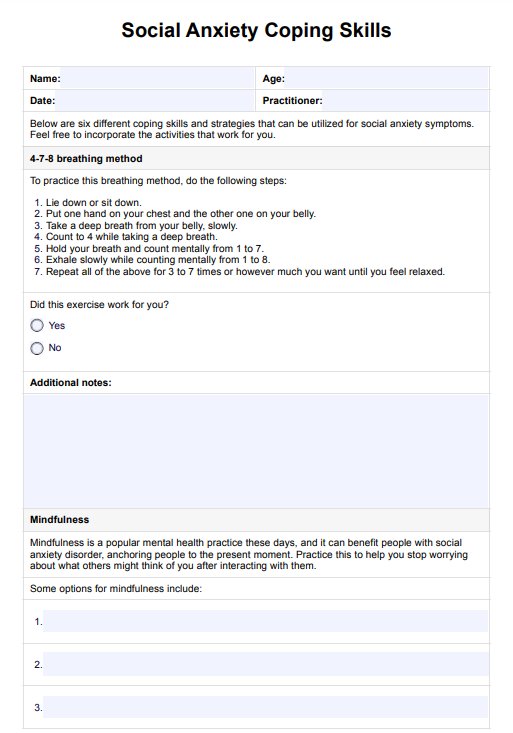
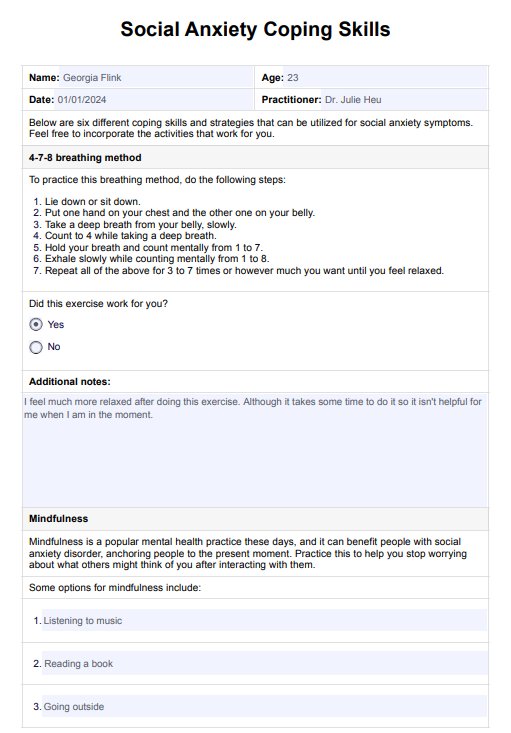

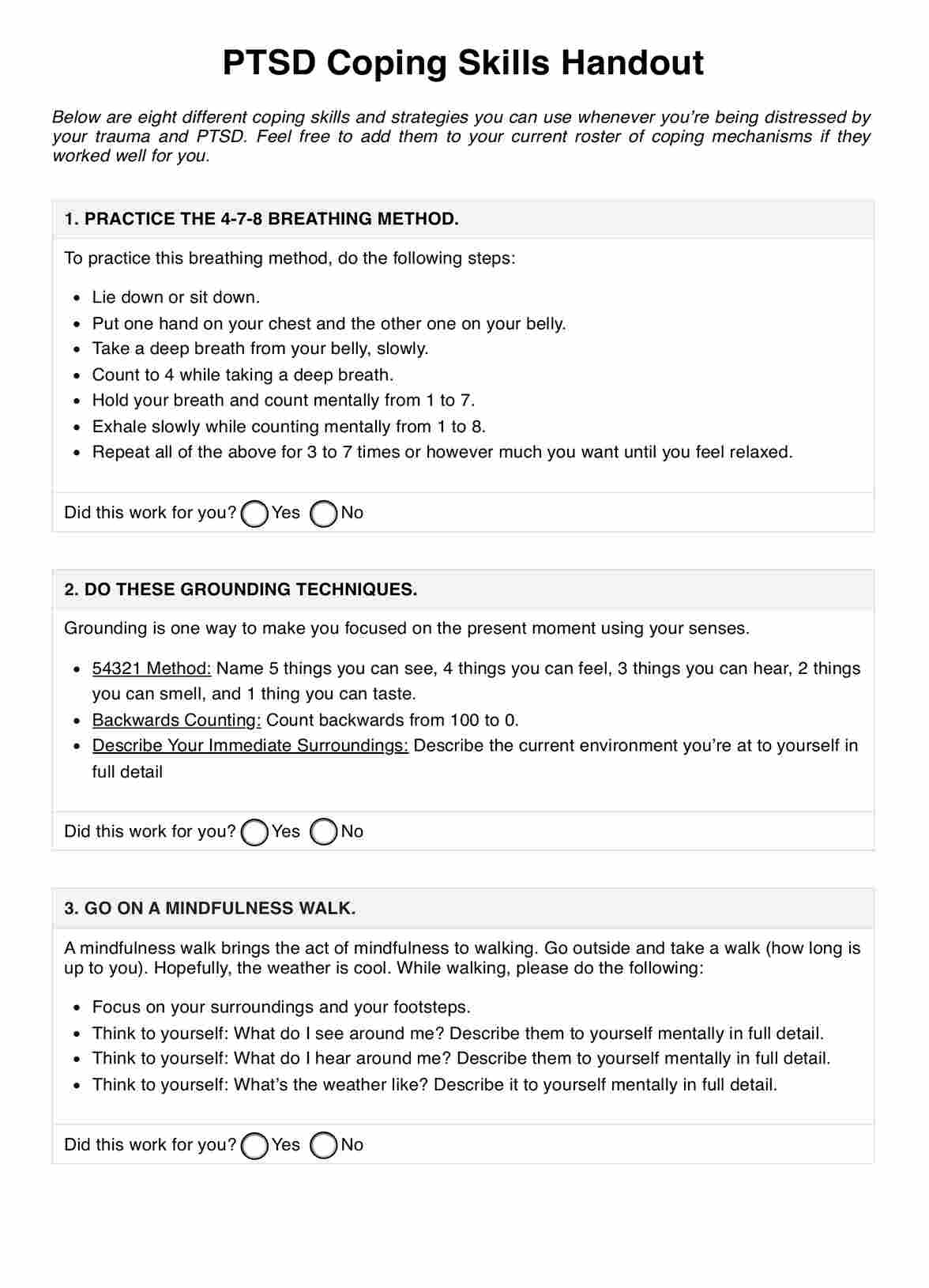
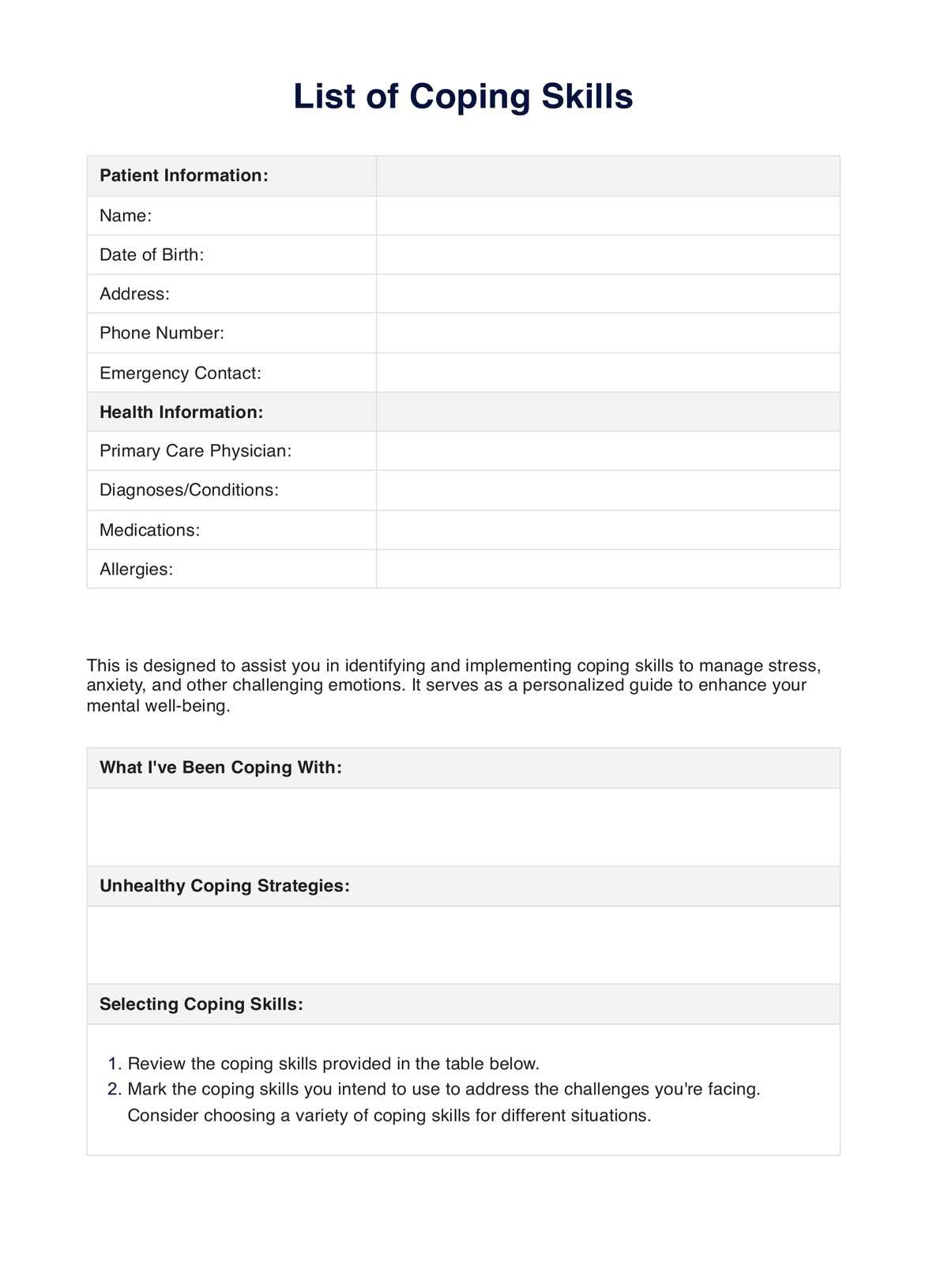
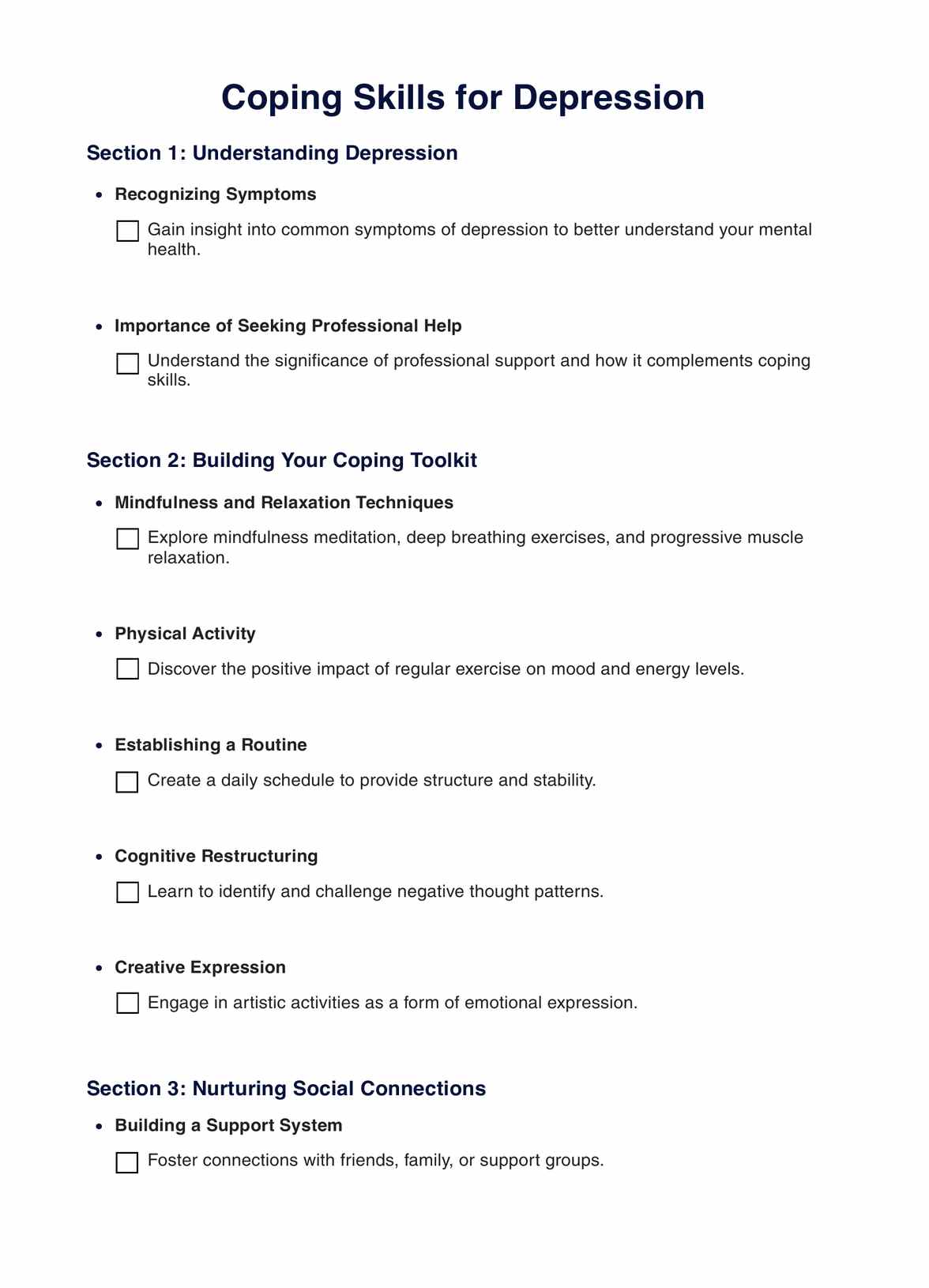
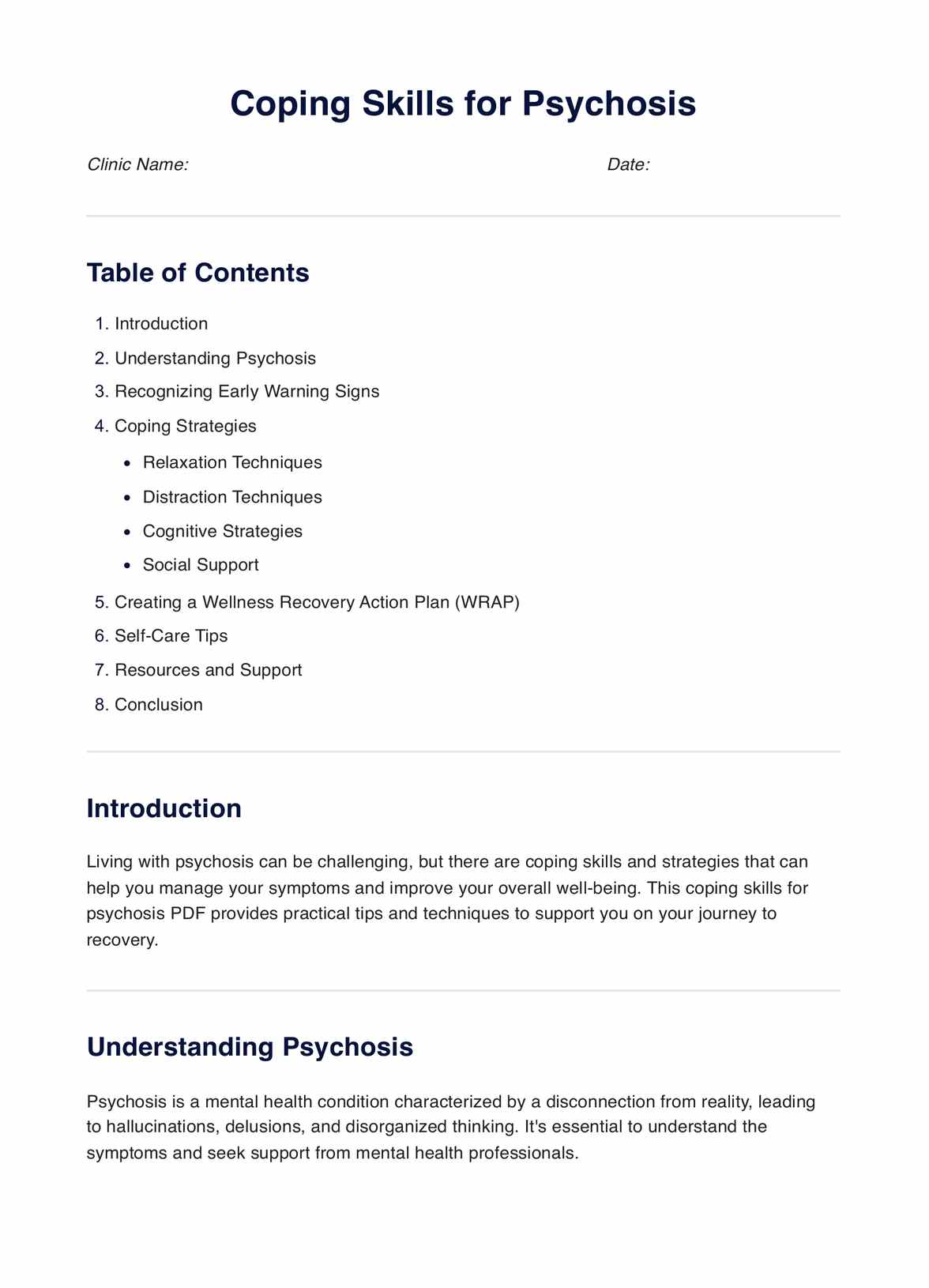
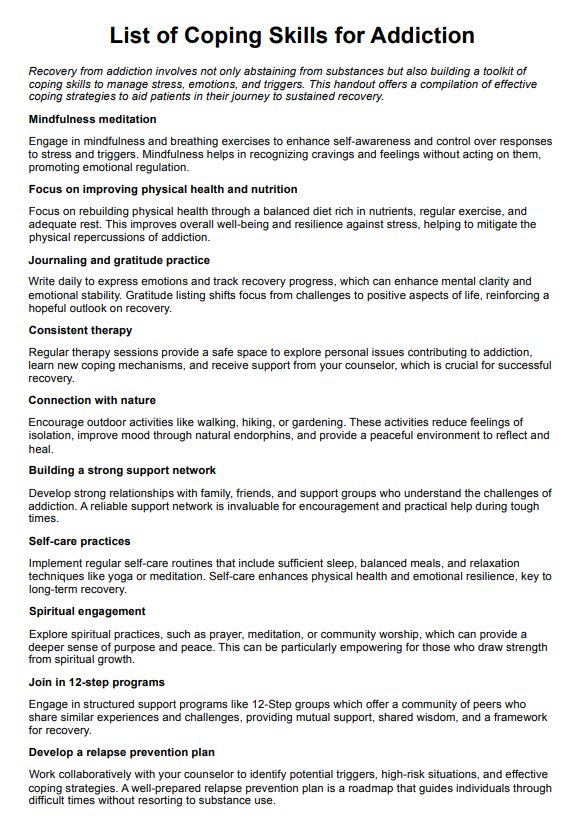
















-template.jpg)


